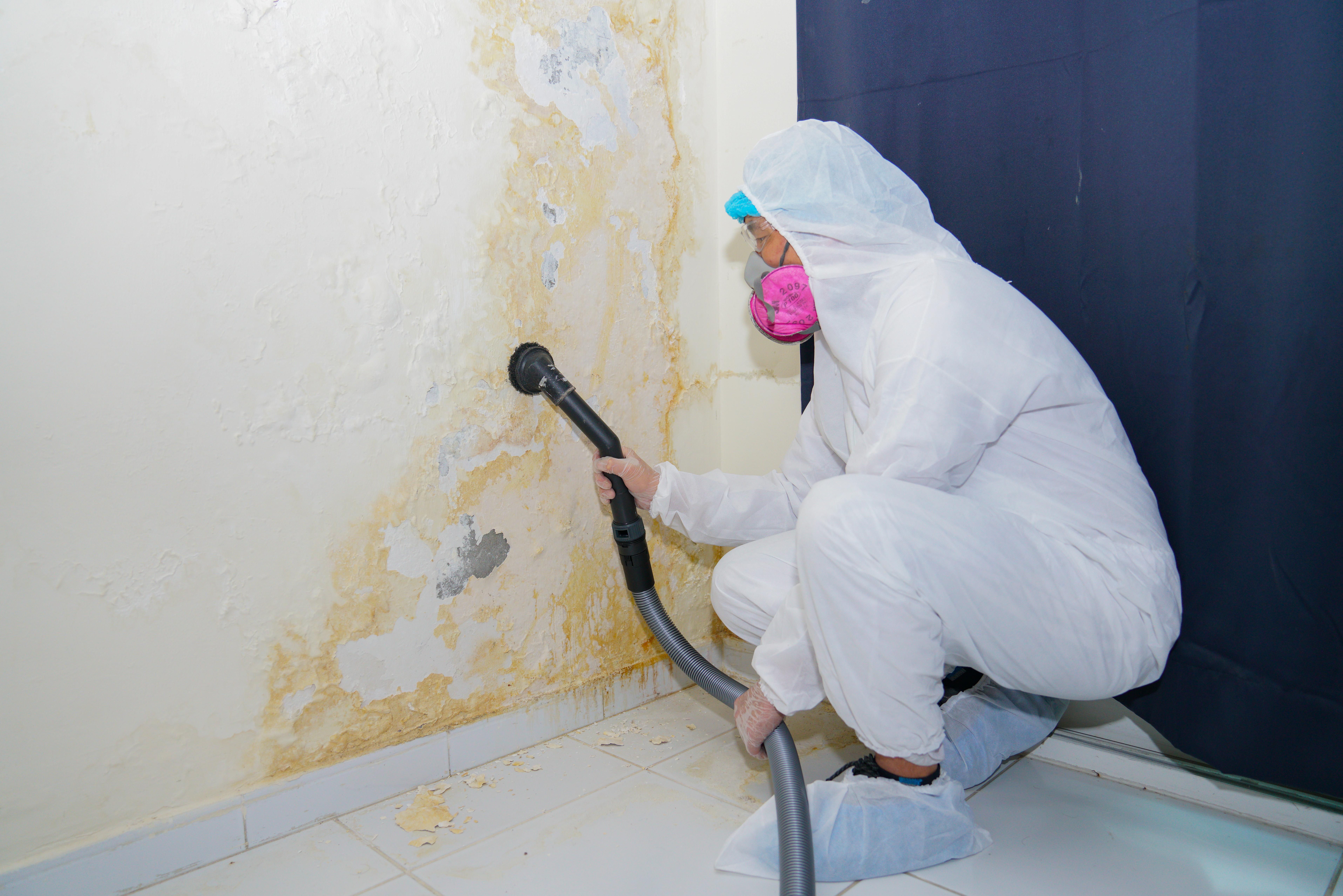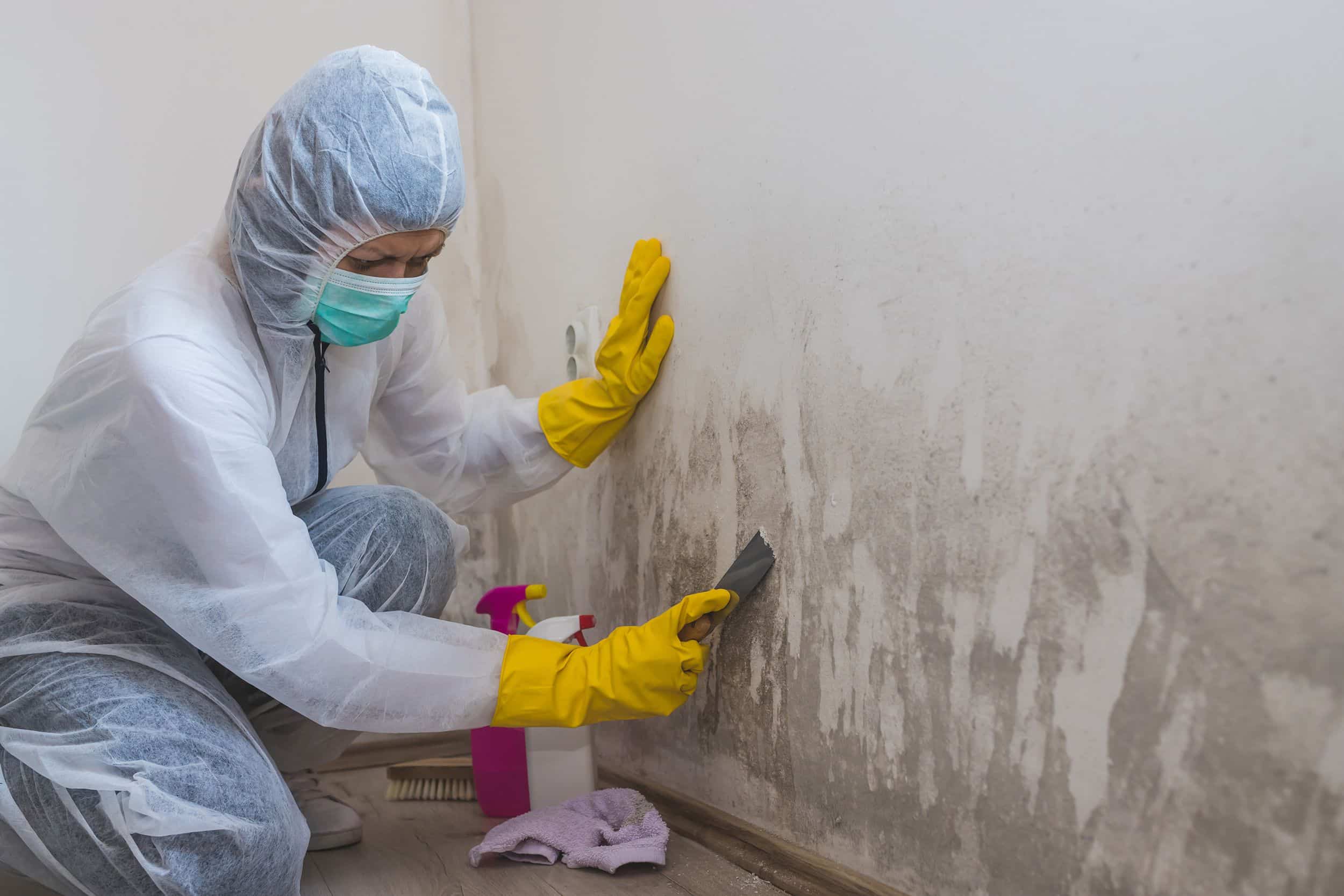After Mold Remediation Strategies for Clean Rooms
After Mold Remediation Strategies for Clean Rooms
Blog Article
Effective Blog Post Mold Remediation Solutions for Your Home
Mold development in homes can be a relentless issue, typically requiring a methodical approach for reliable post-remediation services. From recognizing the elements that add to mold and mildew growth to applying appropriate cleaning techniques and moisture control measures, the process can be intricate yet crucial for preserving a healthy living atmosphere. In addition, exploring natural removal services and establishing a routine for recurring maintenance are crucial components of a detailed mold and mildew remediation strategy. As property owners strive to attend to mold concerns, finding the most reliable solutions comes to be vital for the health of their houses.
Comprehending Mold And Mildew Growth Aspects
The main element contributing to mold and mildew development is moisture. Mold and mildew spores require moisture to germinate and prosper, making moist or moist environments very susceptible to mold infestations.

Moreover, air movement and light exposure can influence mold development. Areas that lack correct ventilation and all-natural light are a lot more vulnerable to mold and mildew advancement. By attending to these factors thoroughly, individuals can effectively alleviate mold and mildew development and guard their living atmospheres.
Appropriate Mold Cleaning Techniques
Making use of effective cleansing approaches is vital in addressing and stopping the reappearance of mold contamination in interior atmospheres. When dealing with mold and mildew, it is critical to focus on safety and security by using safety equipment such as masks, goggles, and handwear covers. The initial step in appropriate mold cleansing is to contain the damaged location to stop the spread of spores to uncontaminated areas. This can be achieved by sealing the space and making use of air scrubbers or adverse air machines to maintain air high quality.

Carrying Out Moisture Control Steps
To effectively stop mold and mildew growth and contamination in indoor settings, applying wetness control actions is extremely important. In addition, ensuring correct ventilation in areas susceptible to moisture build-up, such as bathrooms and kitchens, can assist lower the danger of mold and mildew growth. By carefully executing these moisture control measures, house owners can successfully minimize the chance of mold recontamination and maintain a healthy indoor atmosphere.
Utilizing All-natural Removal Solutions
After efficiently implementing wetness control measures to avoid mold and mildew development in interior settings, house owners can now check out the effectiveness of all-natural removal solutions in keeping a healthy and balanced living space. All-natural remediation remedies make use of eco-friendly approaches to fight mold and mildew and mildew, making them a prominent selection for those looking for non-toxic options. One such service is utilizing vinegar, an all-natural antimicrobial representative, to disinfect and clean surface areas contaminated by mold. Simply water down vinegar with water and spray it onto the affected locations, enabling it to sit for a few hours prior to wiping tidy. In addition, tea tree oil, known for its antifungal properties, can be combined with water and splashed onto mold-infested surface areas to inhibit more growth. One more natural option is hydrogen peroxide, which can efficiently kill mold and mildew on numerous surfaces without leaving unsafe residues behind. By incorporating these all-natural removal services into their cleansing routines, property owners can properly combat mold development while promoting a much healthier interior atmosphere for themselves and their households.

Maintaining a Mold-Free Atmosphere
On a regular basis checking areas prone to mold and mildew development, such as bathrooms, basements, attic rooms, and kitchen areas, is critical. Proper air flow in locations with high moisture levels is also crucial to protecting against mold and mildew development.
In addition, maintaining tidiness in the home is vital for mold avoidance. try this web-site Keeping indoor plants in check and ensuring appropriate drain in exterior landscaping can lessen wetness accumulation, lowering the chance of mold and mildew infestations.
Verdict
In conclusion, it is essential to resolve mold and mildew development variables, use appropriate cleansing strategies, implement dampness control steps, utilize all-natural remediation solutions, and maintain a mold-free atmosphere in order to effectively deal with article mold removal in your house - After mold remediation. By webpage complying with these techniques, you can protect against mold from reoccuring and make sure a healthy and balanced living environment for you and your family members
The main factor contributing to mold and mildew development is wetness. Mold spores call for moisture to germinate and grow, making humid or moist settings extremely at risk to mold and mildew problems.To properly protect against mold development and contamination in indoor environments, executing wetness control actions is vital. Furthermore, ensuring appropriate air flow in locations susceptible to moisture buildup, such as shower rooms and kitchens, can aid reduce the threat of mold development.After effectively applying dampness control procedures to protect against mold and mildew growth in indoor atmospheres, house owners can now check out the efficiency of all-natural removal services in helpful resources keeping a healthy living space.
Report this page